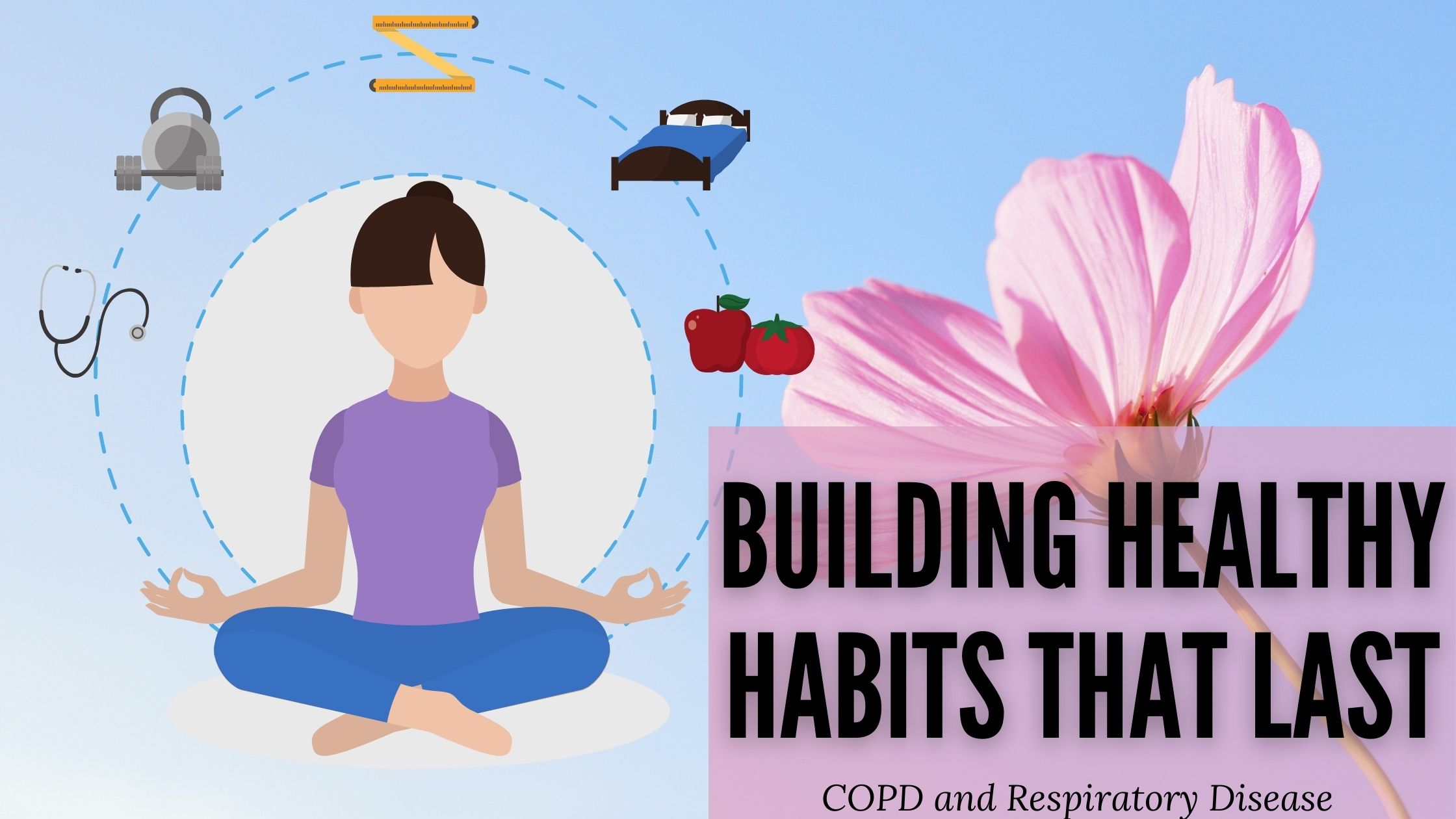
In this article we are talking about what it means to build new habits, break old ones, and create healthy routines. We will talk about how you can do this successfully, and why it is important for everyone that wants to live a healthy and long life, that cultivating healthy habits is the best way to do it!
The initial steps towards building a healthy routine and good habits can cause a lot of resistance, this is because humans are creatures of habit, therefore any kind of change even if it is good change, is often met with resistance. Resistance starts out as a small hesitation to grow or change, and then you become overwhelmed with it all to the point where you can’t commit to building a healthy routine anymore.
{{cta('fa8abc2a-1e88-4fa3-82fd-1cb5b9ed43b2','justifycenter')}}
If you have Chronic obstructive pulmonary disease (COPD) building a health routine includes, taking you medication, accomplishing your oxygen therapy, exercising, eating well, among many other things.
COPD is a progressive and chronic lung disease, and it is treatable. COPD causes breathlessness, either due to inflammation in the airways, excess mucus production, or both. People with COPD are treating their condition to avoid exacerbations, improve quality of life, and of course to reduce the chance of death.
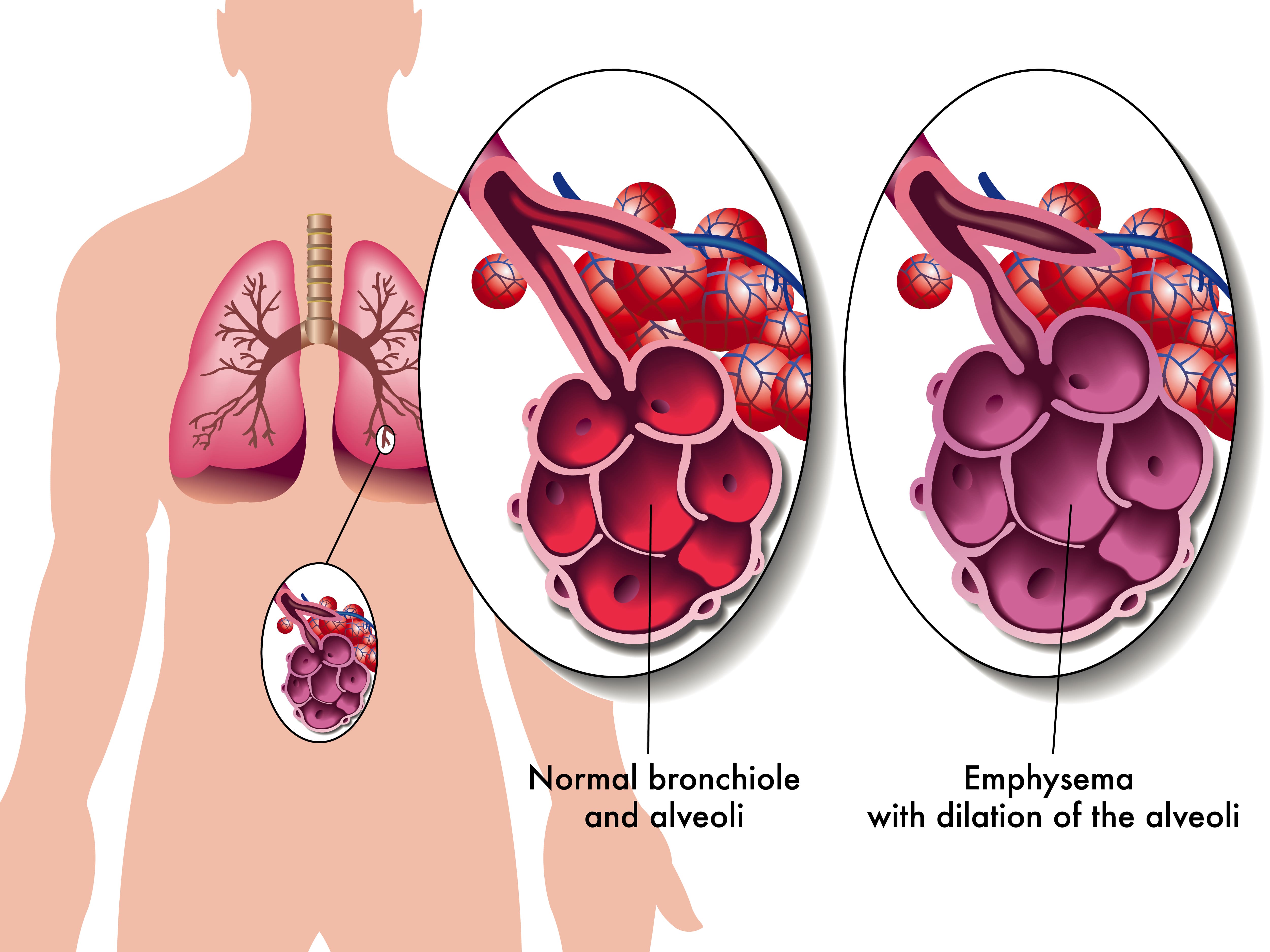
Ironically, COPD is often a result of a lifetime of unhealthy habits, like smoking cigarettes, In fact, the primary cause of COPD is exposure to tobacco smoke. So quitting life threatening habits is one of the steps we will discuss in this article.
In this article we will talk about the steps towards building healthy habits, and if you have COPD, how you can use these techniques to create a routine that helps you maintain your COPD treatment on a daily basis.
The first step to building healthy habits is to “Make it Easy”.
Make it Easy

Successfully implementing lasting changes into your life is hard, period. So, our first pieces of advice is to make it easy. Make the change so small and so easy that you have to do it!
The first step in creating healthy habits that stick, is to make the initial changes very simple. This way, there is no excuse not to do it!
There are two ways you can change, you can work towards quitting a nasty habit or getting in the routine of creating a healthy habit.
For instance, if you want to start exercising more, consider doing a minimal amount of exercise per day, this way you can’t excuse the action one day by saying you’re too tired. This goes back to minimizing the amount of resistance. The amount of exercise you set yourself up to accomplish everyday will be relative to your health, so whatever is doable for you whether that is walking to get the mail, or walking 1.5 miles, make it a point to do it everyday.

If you are working towards cutting something bad out of your life, such as eating fried foods, give yourself as easy alternative. Fried foods can cause bloating and discomfort by pushing on your diaphragm, making it difficult and uncomfortable to breathe. Excessively eating fried food can cause you to gain weight which increases pressure on your lungs. If you eat a lot of fried food, working to eat less fried foods can be a habit that you break.
Make this easy by giving yourself a tasty alternative, that fulfills the craving but isn't as bad for you. For instance, 100 grams of fried and battered chicken breast contains 13.2 g of fat, and over-roasted chicken breast only contains 0.39 g of fat.
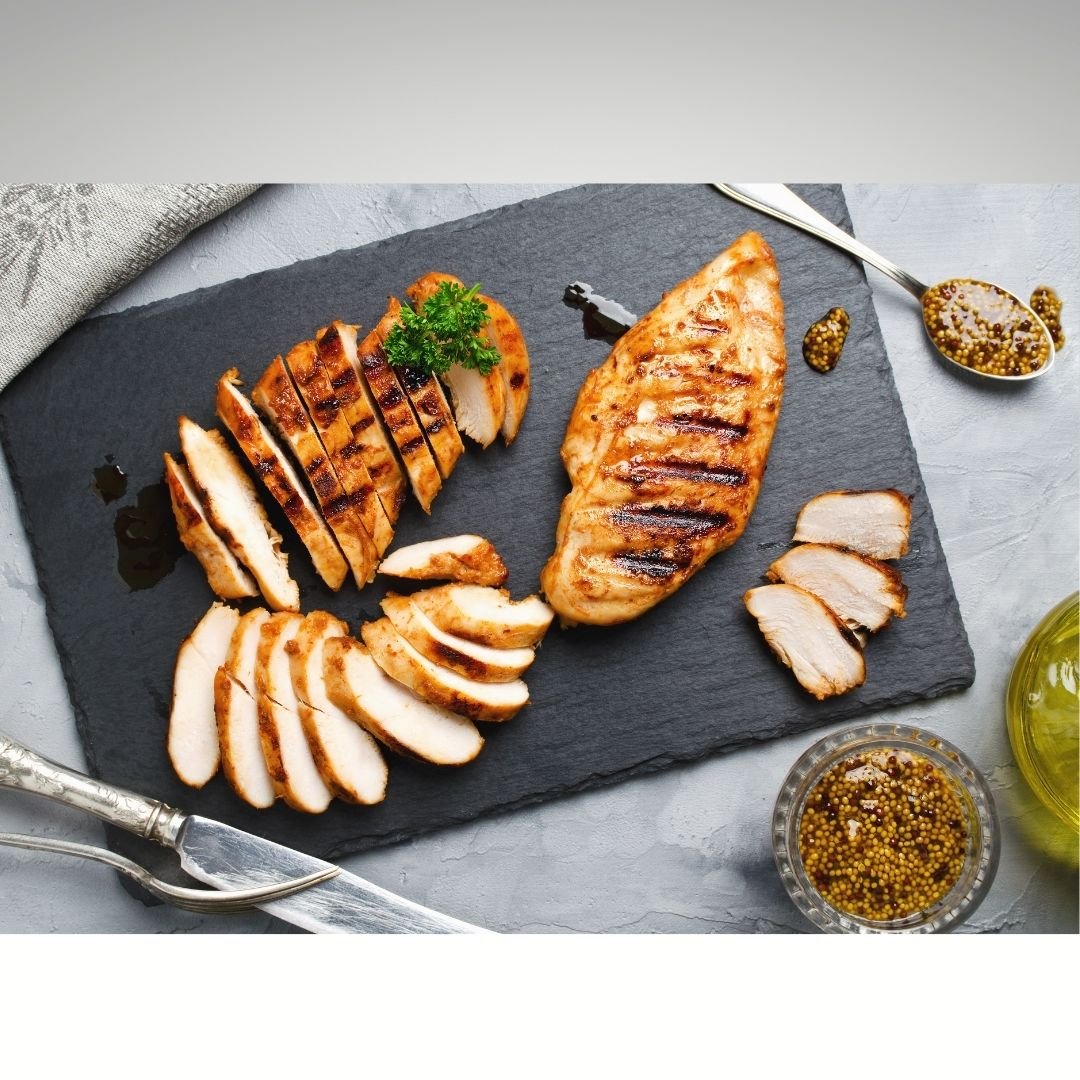
Breaking habits along with building healthy ones takes time, start making simple changes to train yourself, and this will help you make bigger changes in the future once you are ready.
The next step to building healthy habits or breaking bad ones, is using incremental steps rather than all at once.
Take Multiple Steps to Reach Your Goals

This is a hugely important step to take when breaking down those sticky habits and in some cases curing addiction. Smoking is one of the leading causes of preventable death worldwide and is responsible for more than 480,000 deaths per year in the United States, which goes to show how quitting smoking is not easy.
if you normally smoke one pack a day, it would be unlikely that within one day you will quit smoking entirely. Nicotine is the most common addiction in the United States, a study by the CDC back in 2015 suggested that while about 70 percent of current adult smokers in the United States wanted to quit, about 55 percent had attempted to do so , but only 7 percent were successful in quitting.
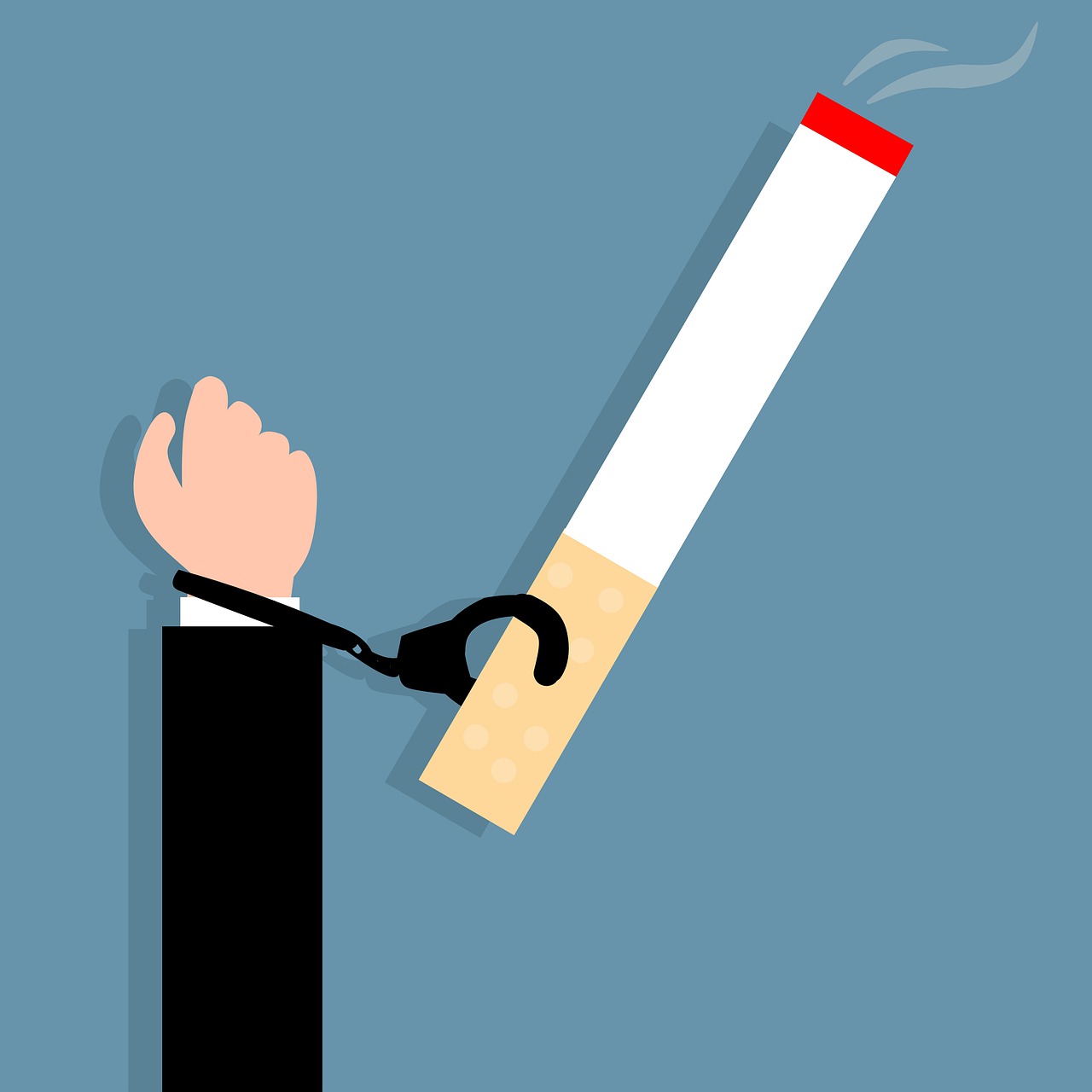
Do not let the statistics deter you from trying! Simply start by quitting a little bit day by day and using supplementary hand and mouth fixation tools. Eventually, you can make a step towards going one full day without a cigarette, and subsequently a few days in a row.
There are thousands of quitting techniques circling the internet, and getting advice from you doctor can help you find a technique that works for you. If you fail the first time, try something else, and just take it one step at a time.
This brings us to the next step, and that is celebrating small victories.
Small Wins and The Snowball Effect

Celebrating the small victories in your journey to create new habits implements self trust into your life. Self trust is saying you are going to do one thing, and having the courage, strength, and honestly to stand by your words with your actions.
Self trust is an important aspect of building healthy habits, and breaking down bad ones. Using healthy routine building tools can help you build a solid foundation of self trust.
To celebrate your small wins you reward good behavior, this generates a snowball effect that can start rolling in a positive direction. The goal is to build a small habit initially, it can be easy at the beginning and by using incremental steps over the course of time, you will succeed. In doing so, you will gain the confidence in yourself and your ability to follow through.
Underwhelm yourself, do not overwhelm yourself. Feeling overwhelmed initiates a stress repose, making it even more challenging to do anything. You can build on the underwhelming feeling, and encourage yourself that more positive change can be done little by little.
Living with COPD is challenging enough, but standing by and not doing anything is worse than challenging yourself to break bad habits and build healthy ones.
As we mentioned above, changing your habits doesn't have to be hard, and in fact, it should be easy when you are first starting to make a change.This means creating an attainable plan of action that is easy to accomplish successfully. From there, you can start taking incremental steps towards a larger goal, this takes time and patience, but it is the best way to stay committed to a goal. Lastly, celebrate the small wins, and encourage yourself to continue doing better.
Health Habits for People With COPD
So now that you know where to start, comes the hard part. Deciding what it is you need in your life, or don’t need, that will improve your livelihood. We drafted a few of the habits that are great for people with any respiratory disease including COPD, you can also discuss with your doctor and decide together what it is you should work towards.

Eating more protein rich foods:
Protein is essential to daily living whether you have a respiratory disease or not. Protein gives you energy, something respiratory patients desperately need in order to get through the day. Protein helps build and repair muscle, tissues, and every cell in your body. It can also strengthen your immune system, making you less susceptible to sickness and infection.
Here are some tips for getting protein into you meals more often:
-
Try to eat 5-6 small meals daily. In each meal make sure that you have protein. You can try these small meal idea to get started:
- Peanut butter and crackers
- Handful of nuts or trail mix
- Apple with string cheese
- Greek yogurt with berries
- Sandwich with hummus and vegetables
- Baked potato with cottage cheese
- Hard boiled egg with whole grain toast
-
Bean burrito
-
Try making a smoothie with protein powder, fruit, and milk, and you can even add peanut or almond butter for an extra serving of protein
- Choose whey, pea, or bean protein for best quality.
- Look at the ingredient list to make sure protein is the main ingredient.
-
Avoid protein powders that have herbs or other foreign or unrecognizable ingredients.
- Try to plan your meals and snacks in advance. This will help if you tend to forget to eat or avoid eating because you do not have a strong appetite.
-
Before bed, have a protein-rich bedtime snack to make sure you meet your daily protein needs
- To increase the protein intake of foods you eat regularly, you can add dry milk powder into milk, oatmeal, overnight oats, or yogurt
Exercise 3-4 Times Per Week
This is a habit that is often met with a lot of resistance, and it is something you should work your way up to before going all in.
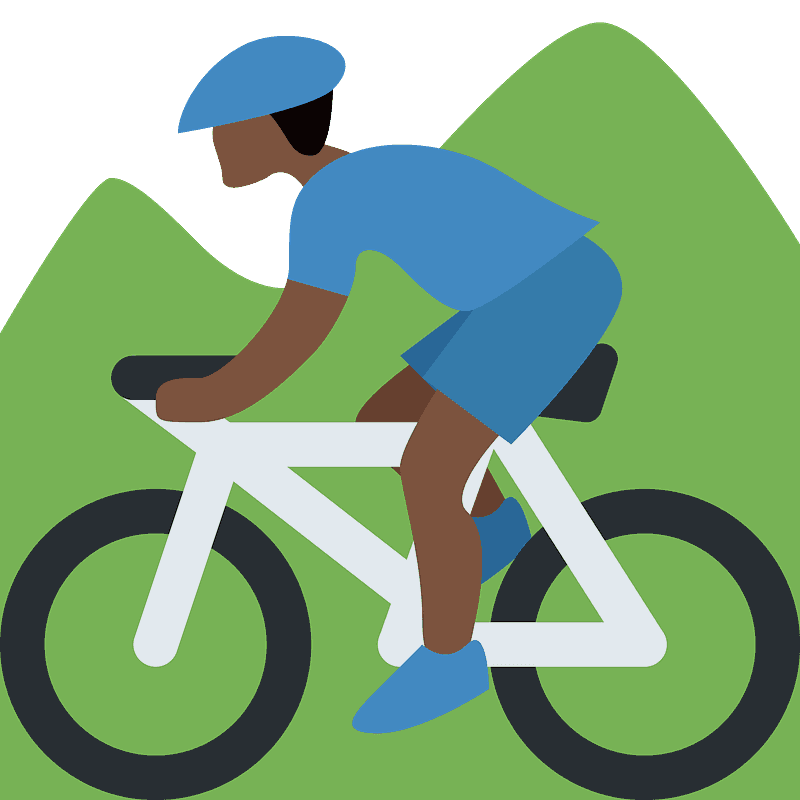
If you have COPD and do not exercise regularly, starting to exercise will be a challenge. This is when you have to force yourself to do easy exercise that you can accomplish, rather than setting the bar too high.
If you start exercising too much all at once, you will not feel good, and it can tire you out to the point where you end up quitting entirely.
Depending on your current physical activity, you and your doctor or respiratory therapist can set up an exercise program that will start off slow and steady and gradually gets more intense, until you are at a healthy place, which for people with COPD is often 20 - 30 minutes.
Here is a great resource for exercise options for respiratory patients: Improving Your Exercise Tolerance and Quality of Life with COPD.
Get a Portable Oxygen Device
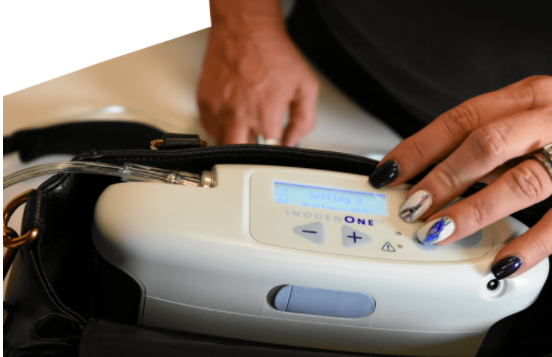
It is normal for oxygen therapy to start interfering with the quality of your life, and while it is important to cover all of your oxygen therapy needs, you cannot let your oxygen therapy control the quality of your life.
If your oxygen tanks are heavy and bulky, it is harder to exercise.
If you have an oxygen tank you cannot travel with it on airplanes.
You might have difficulty carrying a large oxygen unit on errands and end up spending a lot of time at home.
There are a number of aspects that oxygen therapy has held oxygen patients back from doing, and this does not have to be your reality.
Switching to a lightweight, portable oxygen concentrator unit can make it easier to move around, exercise, travel, and so much more. Activities like going to restaurants, running errands, and even traveling can become a lot more convenient with the help of a lightweight battery powered portable oxygen concentrator.
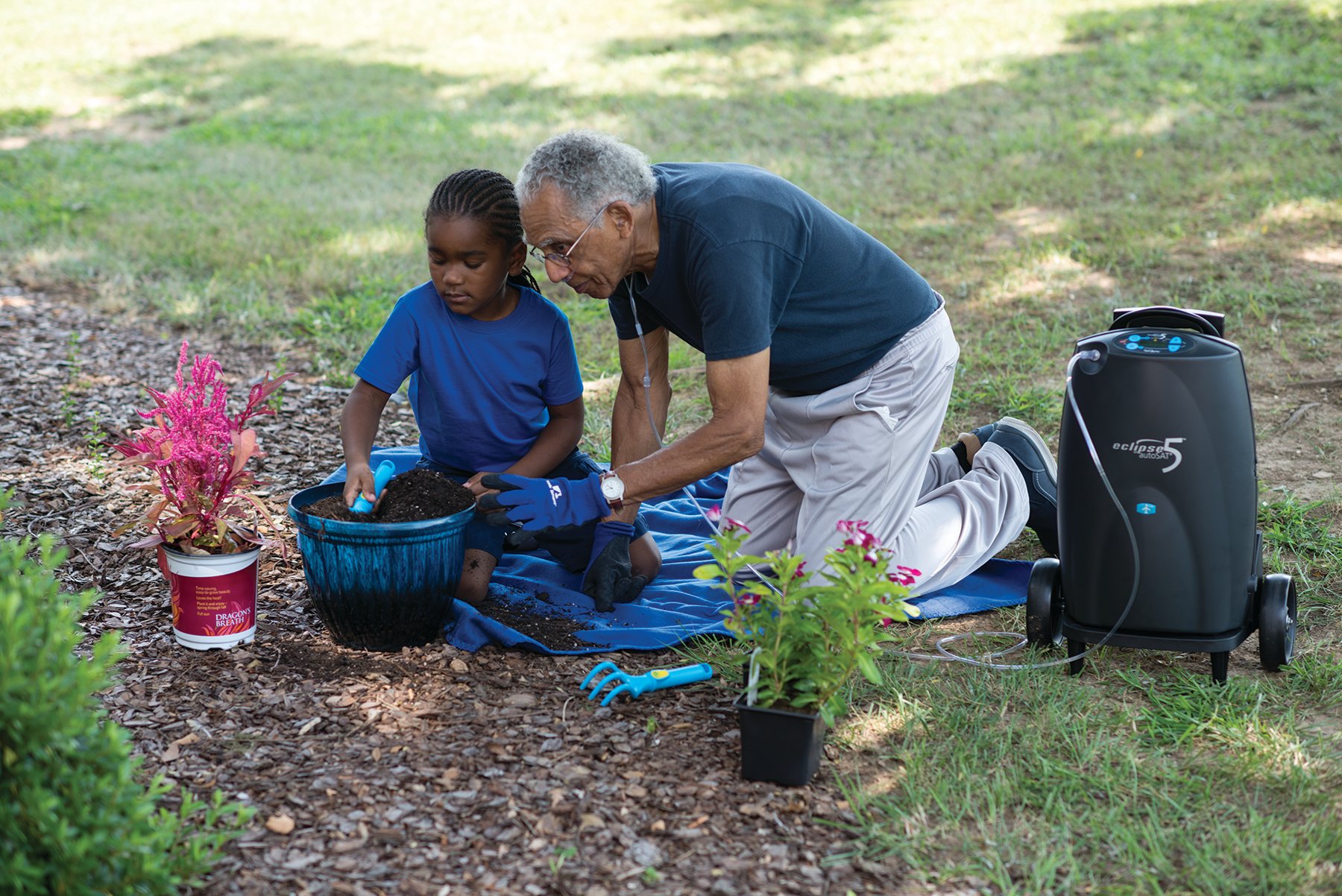
Education is a very important aspect of buying a portable oxygen concentrator, understanding your condition as well as the device will set you up to succeed throughout your oxygen therapy treatment.
Portable oxygen concentrators costs range in prices, depending on if you need a pulse flow device like the Caire Freestyle Comfort, or a continuous flow device like the Respironics SImplyGo. Prices also depend on the batteries each device is equipped with, its weight, and the technological capabilities.
The best way to learn about your options is to speak over the phone with a respiratory specialist, they can converser with your doctor's office to find out exactly what your oxygen intake is, and from there find the perfect device for you.
Learn Breathing Techniques
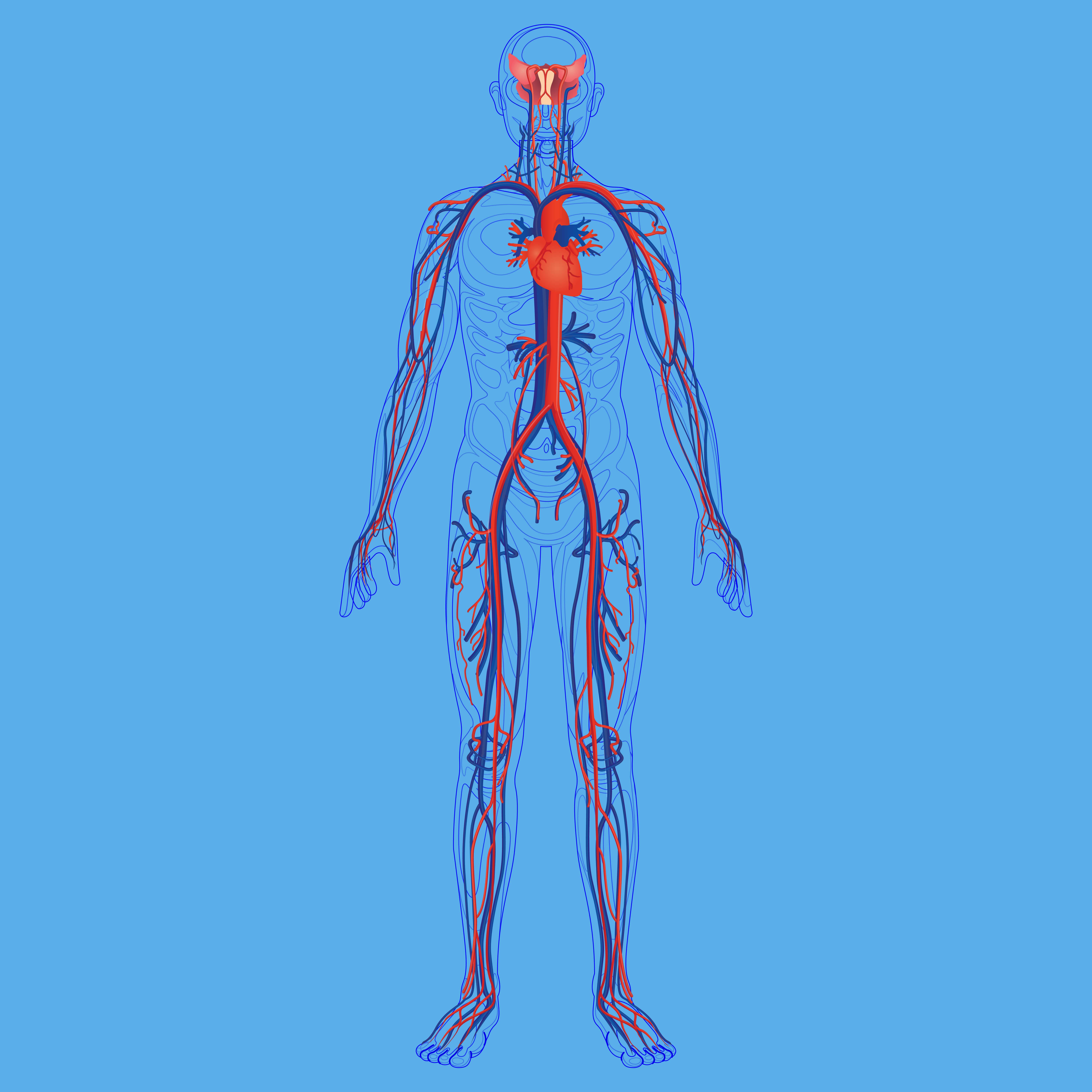
Practice implementing breathing techniques into your daily life, it is a great way to control your COPD symptoms.
Pursed-lip breathing can open up your lungs, allowing you to take in more air. The purpose is to strengthen your lungs so you can enjoy more activities without breathlessness.
Follow these simple steps:
- Position your lips as if you’re about to whistle
- Breathe in slowly through your nose and count to two or three
- Breathe out through pursed lips and count to four or five
- Repeat this technique up to five times to control your breathing
- Do this multiple times per day if you have time
You can also discuss with your doctor about the possibility of attending a pulmonary rehabilitation course in your area. This type of rehab teaches you different ways to breathe, and better manage your other symptoms.
Learn Coughing Techniques
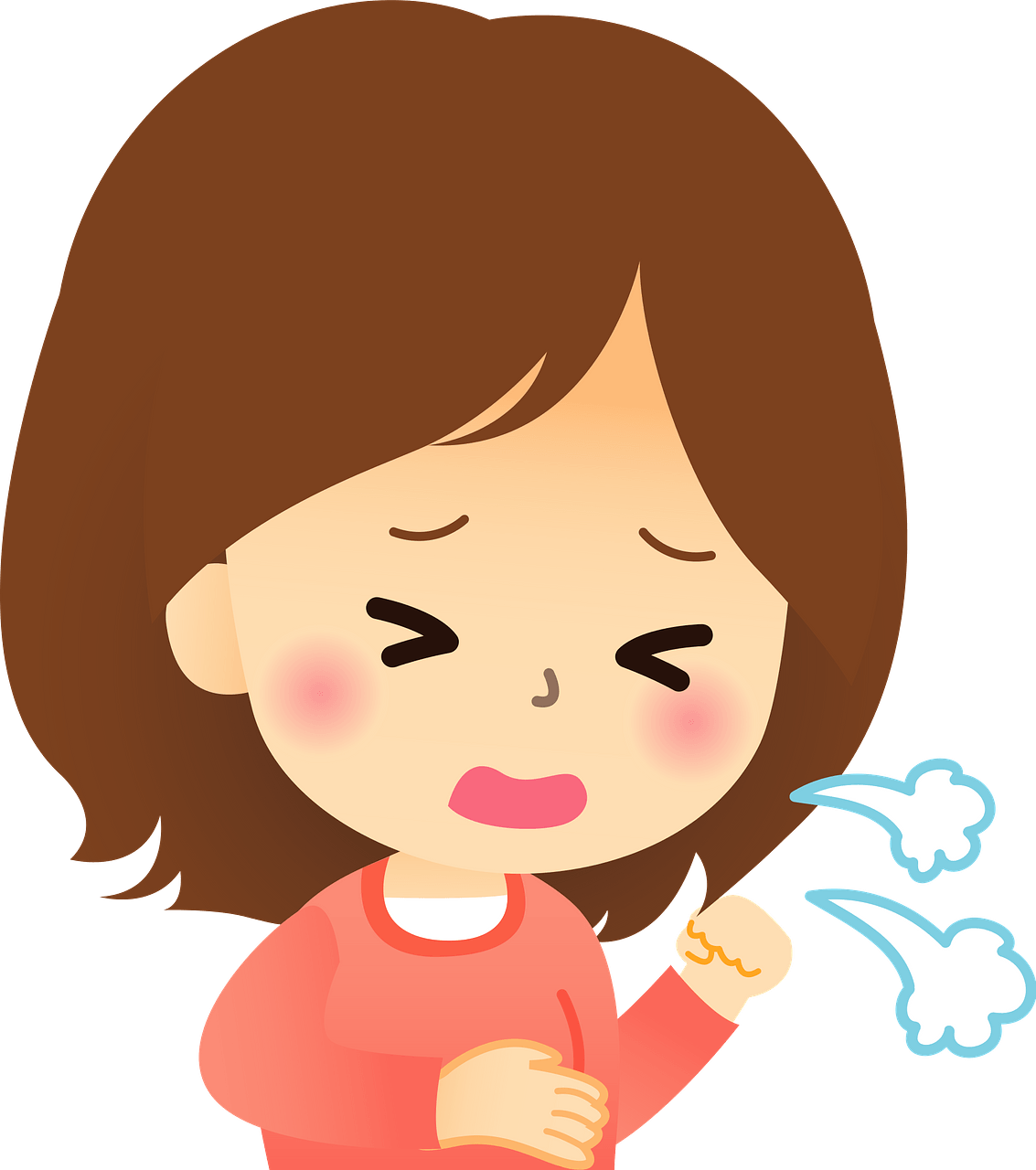
Coughing is a common symptom of COPD, however it actually has a useful purpose, if done so correctly.
Oftentimes, your cough can be caused by excess mucus that is trapped in your airways, coughing is the natural reaction your body initiates to clear the mucus. If you work on purposefully coughing correctly to clear your airways, you will experience less involuntary coughing throughout the day a night.
You can work on these techniques in the morning and night, as well as before and after you eat. Hopefully, the more you do it in the beginning, the more productive it becomes.
It is also important to take the necessary steps to prepare for clearing your airways, such as drinking plenty of water which will thin out the mucus, and do not eat food that promotes mucus production, such as having too much dairy in one meal.
Huffing, otherwise known as huff coughing, is a coughing technique that helps move mucus from your lungs and it is similar to exhaling onto a window to steam it up.
{{cta('43b79c5e-6bd6-4f02-ac27-2d038d20c146','justifycenter')}}
Huffing is not as forceful as a cough, but it can work better and be less tiring.
The Huff Coughing Technique:
- Tilt your chin tilted slightly up and mouth open
- Take a slow deep breath to partially fill your lungs
- Hold breath for two or three seconds
- Exhale forcefully, but slowly, in a continuous exhalation to move mucus from the smaller to the larger airways
- Repeat this maneuver two more times
- Follow with one strong cough to clear mucus from the larger airways
- Do a cycle of four to five huff coughs as part of your airway clearance
Accomplishing these huffing techniques enables air to get behind the mucus and separates it from the walls of your lungs so it can be coughed out.
There are a lot of other coughing techniques that can be found in this article: How to Cough Correctly with COPD
Overview
Building healthy habits start with a mind set. You can make positive changes in your life that will greatly impact your ability to do more things, and feel physically and mentally better.
Make the initial changes easy, this way your actions cannot be met with resistance, and accomplishing small goals will lead to your capacity to accomplish large goals.
Develop steps for yourself, when changing a habit or creating a new habit, take incremental steps to get to your desired results.
Lastly, cultivate a sense of achievement, even in your small endeavors. This creates self trust, that will reinforce your ability to change for the better.
.jpg)
If you have COPD, changing your habits may be an essential treatment that your doctor tells you is going to help you live longer, and healthier. Your chronic lung disease will not disappear, but you can take control of it.
We hope that you can use the tactics laid out in this article to make healthy lifestyle changes in all aspects of your life.

